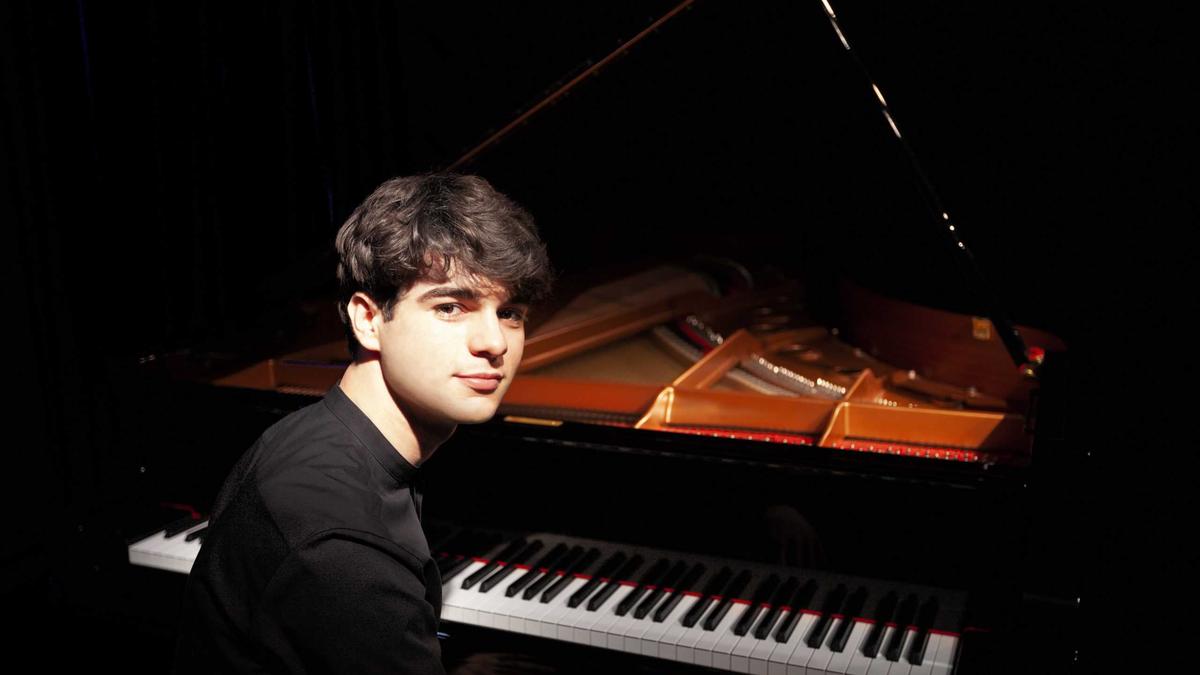
Elia Cecino’s piano keys moved between iconic and contemporary pieces at his Bengaluru concert
The Hindu
Bengaluru music: Elia Cecino’s piano recital traced the works of Liszt, Brahms, Sciortino
Elia Cecino, in a concert for the IMAS, burst onto the stage of the Bangalore International Centre with an explosion of showmanship, his strong left hand asserting his arrival in Liszt’s Valse S407 from Gounod’s opera, Faust.
It is no surprise that Liszt, partial to a good tune, transcribed many famous melodies from opera. However, he never allowed his fierce creative energy to smother the original tunes, nor did he bury them under his prodigious inventions. His technically challenging Concert Paraphrases are popular in the concert repertoire, perhaps because they often seem unattainable by a mere two-handed pianist!
Cecino’s predilection for fff [fortissimo], particularly with his left hand, was given plenty of opportunity in the stretta and staccato sections of the Valse, but at no point was that gorgeous hummable tune lost in the musical verbiage, the waltz reasserting itself with fond familiarity. The unexceptional waltz theme is given recapitulations of glissando flourishes and subtle variations in the upper register, Liszt’s penchant for the demonic thereby conjuring up Mephistopheles, who lurks in the Faustian shadows. Cecino supplied the dynamic variations and chromatic extensions to the melody in rapturous measure, exposing the sensual, dramatic emotional impact of this voluptuous piece.
If one felt a relaxing release from Liszt in the following piece, it was deceptive relief, for Brahms’ Variations on a theme by Schumann, op.9F, also required virtuosity, of emotion and technique. It is a difficult piece to play really well, requiring true mastery of the keyboard and honest artistry, focusing on the slow and reflective bass line and harmony, rather than melody.
Brahms was only about 20 when he first met the Schumanns, and this early piece was a tribute to both, written for Clara, but based on a theme of Robert’s, written when the older composer was depressed. Robert Schumann’s final mental decline and hospitalisation occurred a few months after his initial meeting with, and championing of, Brahms. Brahms was allowed to visit Robert in the asylum [while Clara was not!] and was therefore their principal go-between. His first published large-scale set of Variations for solo piano, Op.9, is closely connected with the events of Schumann’s decline. While most Variation sets are in major-key themes, so that there is the possibility of exploring more keys, this theme is in the minor-key, perhaps to emphasise the piece’s intrinsically sad circumstances.
Looking for an obvious narrative link between the variations, one finds it only in Brahms’ relationship with Robert and Clara. Laden with multiple layers and hidden messages, they capture the sadness of the complex menage a trois, many of the variations appearing like dialogues, between male and female voices. In an attempt to immortalise Robert’s former brilliant compositional faculties, Brahms was almost drawing forth conversation with the works of the once stable composer.
Clara, presciently, said of Brahms, “He will first find the true field for his genius when he begins to write for the orchestra”. Seeing the symphonic affiliations in the Variations, Cecino said that, while practising, he searches for ways to bring these orchestral influences to the keyboard, concentrating on how to recreate their instrumental reverberations and leave them lingering in the piano.











